|
This is an assignment I got in Petru's Visual Language class. It was actually supposed to be somewhat modernistic and full of symbols but I thought this approach would be more fun for me. A challenge here was that I didn't have a tripod and people wouldn't move, so I couldn't do a master shot and then just edit stuff in. The shots were handheld from different angles and were blended together in post in the free program paint.net. I also used a plugin to help me remove the greenscreen. Eventually I used the shot with the two girls as a master shot. The gallery above shows different versions of the composition. Notice how important the lighting is. Below is the final image. I desaturated most of the images to make them blend better. Didn't pay too much attention to masking stuff perfectly because it wasn't required for the project at all.
1 Comment
After finishing camera class I started in light class. These are some of the setups we did last week. Fun!
Since we already talked about the answer in class I think I'll just post my notes.
Types of documentaries (Documentary Screens, Creative Documentary): Cinema-verite: NOT "Be really objective with no voice-over" That is called "Direct cinema" Follow the action as it unfolds. "Fly on the wall" What is cinema-verite? The camera is explicitly participating in the event. The filmmaking process was a significant part of the film. Using your role as a filmmaker to get to the truth, and showing this process to show the truth. Documentary genres/Modes of representation: Interactive/participatory
Documentary genres (Film Art): Compilation film
Experimental film
Form: The way a documentary is put together/organised. Logic of the film. Categorical form
The film: (Land without bread) Staged, throwing goats off cliffs. Gets involved with the subjects both verbally and physically Comments on midgets, calling them degenerates. Argues for this. "We had difficulty photographing them" Narrates about the creative process "Here is another type of idiot" "Quoting" the old woman The darn goats getting killed. Genre: Expository
(Somewhat reflexive)
Form: Rhetorical form
What this REALLY is: Critiques the expository form. The distance from the events unfolding is too great. Music does not match. (Not particularly sad music during the baby is dead sequence) Narration does not always match what we see. (The midget who supposedly was 25) 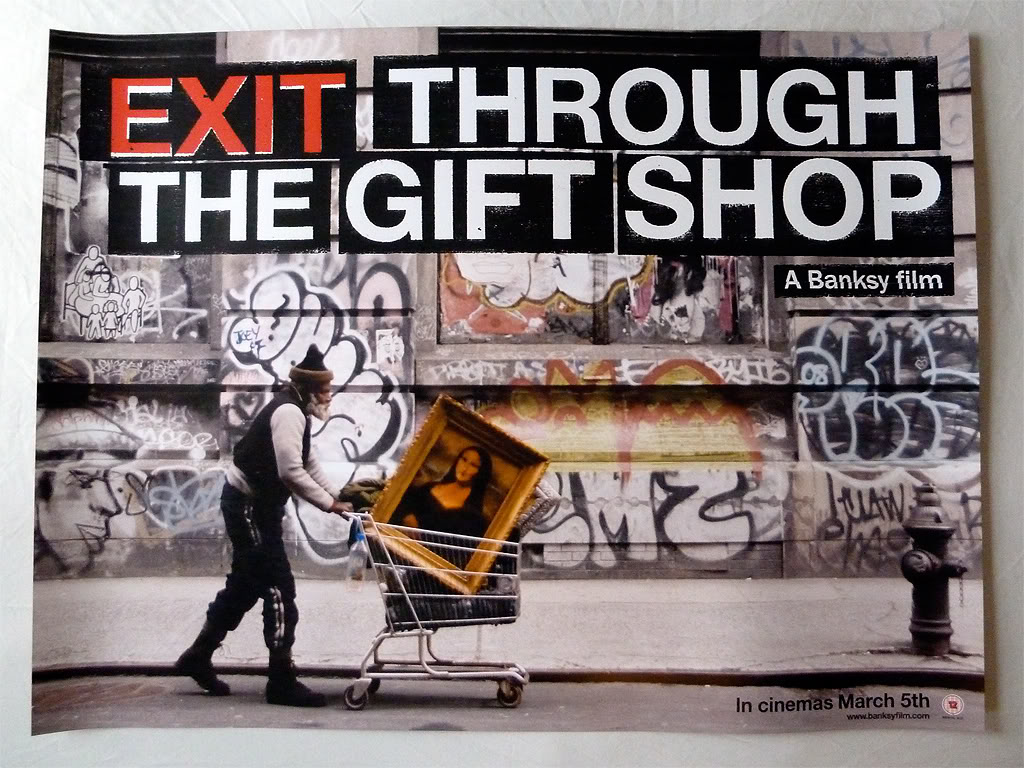 Is Exit through the Gift Shop a documentary? To answer this question we need to have an idea of what a documentary actually is. My definition is: “Storytelling using moving pictures with or without audio depicting anything non-fictional using actual or re-created footage that claims to be factually accurate.” The film uses moving pictures and audio to tell a story. The question is if it is fictional or not. If no events or characters in the film are staged for the purpose of the film then I would say that it is a documentary about graffiti, the artists, and the rise of Mr. Brainwash. However there is reason to believe that is not the case. I don’t think this assignment is about arguing about how real the events of the film are. Most of the events have many witnesses. The real question is if the film portrays the main character Thierry Guetta in an honest way, or if it deliberately lies to its audience. If the filmmakers knowingly portray the protagonist in a dishonest way, making up his actions and presenting them as facts, then it doesn’t fit my definition of a documentary because it is no longer factually accurate. The problem is that we don’t know if the filmmakers deliberately excluded parts of the story to create a character that isn’t who he is presented to be. One could wonder if Thierry really earned enough from his vintage store to finance the show and pay for his huge exhibition and crew. Because if he got financial help from someone in the documentary team without the documentary making that clear it’s no longer a portrayal of him raising to fame by himself like the documentary presents it to be One could wonder if Thierry has been helped behind the scenes without the public knowing just to show how it’s possible for anyone to make big money from art even if they didn’t make it themselves. Maybe the purpose of the documentary isn’t to show his rise to fame, but rather how ridiculous the art world is, and how easily it can be fooled. But if that was the sole purpose, they could easily have included their deception in the film, and released it once the joke was over and they had proved what they wanted. Maybe the joke is still on us?
Just looking at Exit through the Gift Shop one cannot conclude that it is a hoax. Until someone involved with the creation admits otherwise or clear proof is presented, it is a documentary about graffiti artists with focus on Thierry Guetta and Banksy. And even if parts of it turn out to be set up, it will become a documentary about how easy it is to fool the art world instead. |
AuthorI'm a freelance gaffer. I also do basic grip work. Archives
February 2020
Categories |
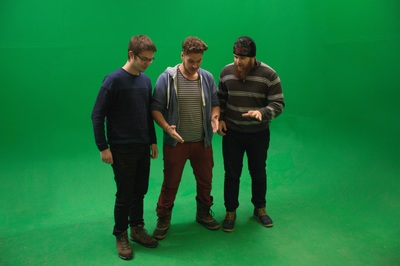
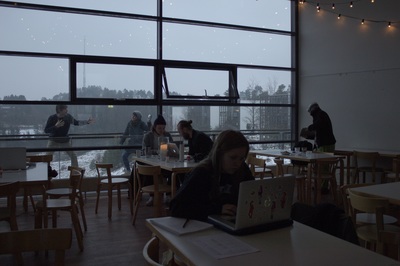
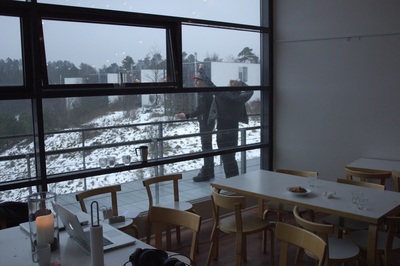
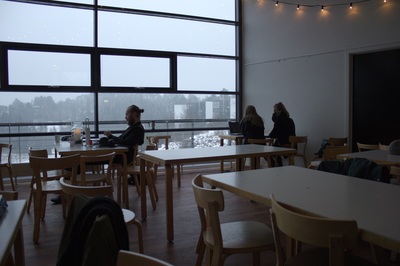
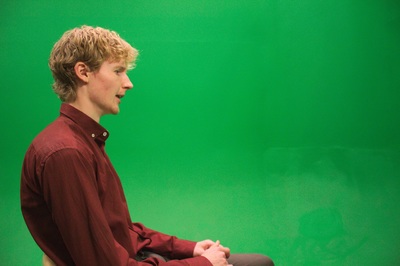
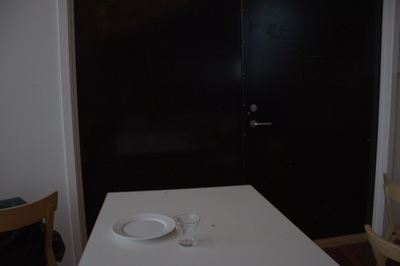
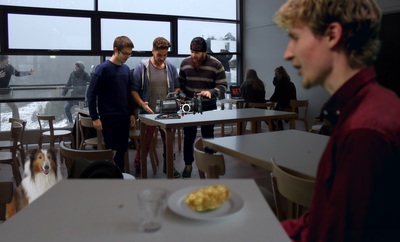
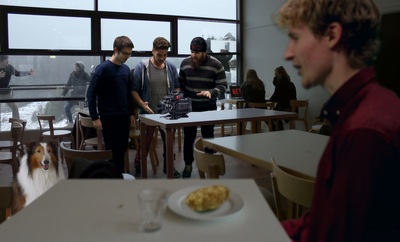
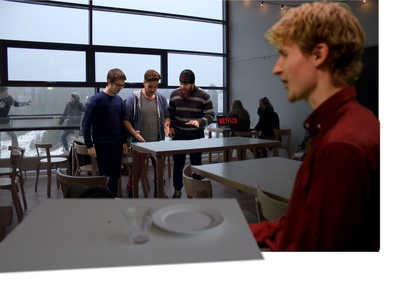

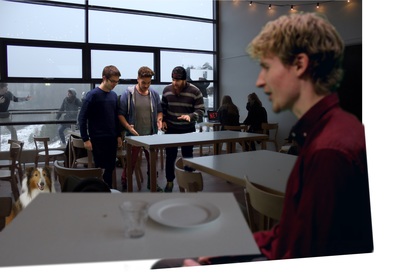
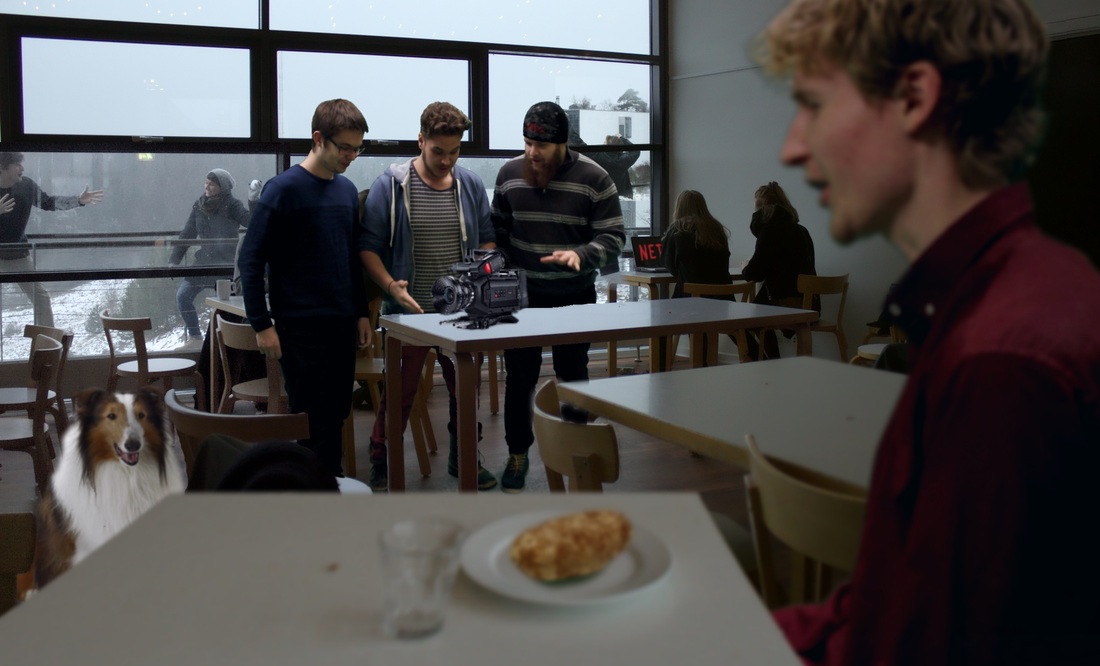
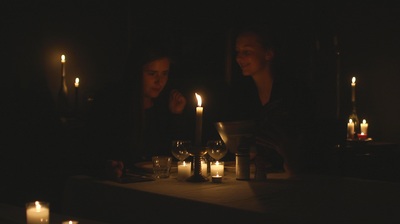
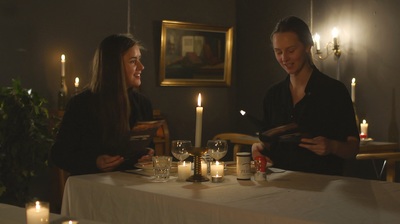

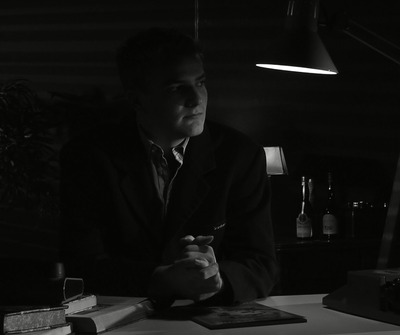
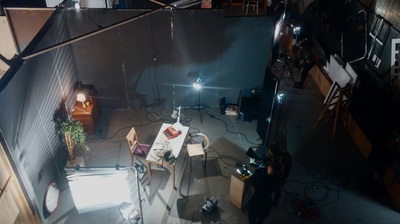
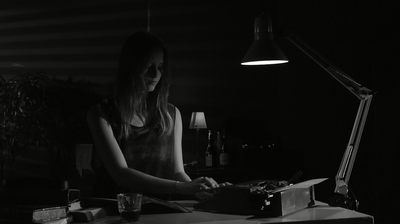
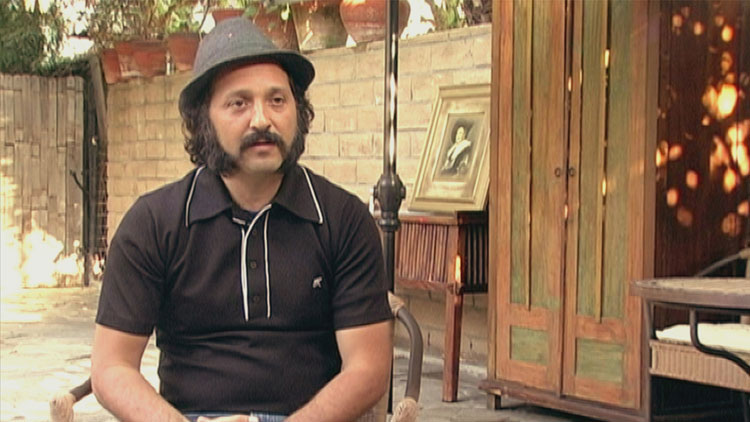

 RSS Feed
RSS Feed
